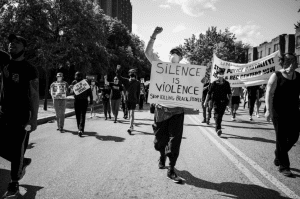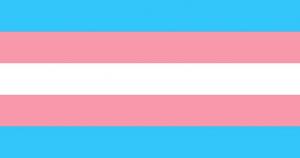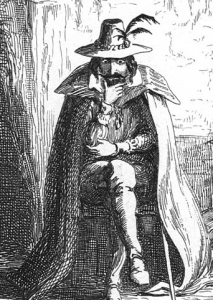Please note that this post contains images of hate symbols.
In order to understand why antifascism is important for Catholics, we first need to understand what fascism is. The ground I’m about to cover has been discussed by other people before me, notably in Philosophy Tube’s videos on antifascism, Steve Bannon, and anti-Semitism, if you’re one more for edgy video essays than nerdy written ones.
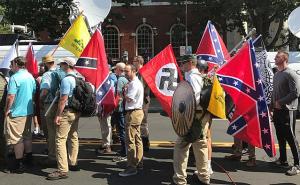
Demonstrators at the “Unite the Right” rally in Charlottesville, VA, August 2017 (source).
Fascism is a political ideology, or family of closely related ideologies. It arose in the late nineteenth and early twentieth centuries, and was a primary cause of the Spanish Civil War and World War Two. We’ll be getting into its history and theory later on. First, there are some common misconceptions we need to clear up.
Misconception #1:
“Fascism” is basically a synonym for “tyranny.”
A lot of people use “fascist” to mean “totalitarian” (or even just “intrusive”). However, totalitarianism takes a number of different forms, and only some of them can correctly be called fascist. Fascism is doing a specific thing with its totalitarian structures, and relies on specific ideas and images to justify those actions. It’s perfectly correct to say that Robespierre, Lenin, and Mussolini were all totalitarians, but only one of them can accurately be described as a fascist.
This misconception is probably more a result of casual hyperbole than deliberate misinformation. However, it does serve to keep people from learning about fascism, so I encourage my readers to be pedantic about this one.
Misconception #2:
Fascism isn’t always racist.
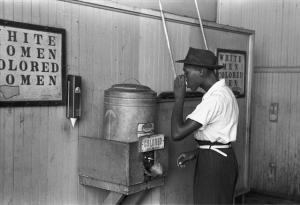
As we’ll see in more detail later on, fascism has close ties to nationalism, racism, and especially anti-Semitism. They may dress it in the language of “culture” or “identity,” but this is a marketing and recruitment tactic. In truth, fascists’ chief concerns are two things: the in-group, which they define via ethnicity or race; and the people they designate as the in-group’s enemies. Other factors do come in, but race or ethnic group is central to the program. You may notice certain language trends that hint at this. The (imaginary) threat that white people are “being wiped out” or “going extinct” is one of the commonest, and most important, fascist talking points. Look also for purity-themed words like “degeneracy” and “corruption.”
Misconception #3:
Fascism doesn’t have to be violent.
This is half lie and half conspiracy theory. Fascists like to paint themselves not as aggressors, but as defending their culture from people who are attacking it. Whether a given fascist genuinely believes that varies from person to person. Regardless—and we will be returning to this point—the ideological structure of fascism means that violence is intrinsic to it.
Misconception #4:
Catholicism endorses some forms of fascism.
Fascism clashes with Catholic teaching in several important ways. The racism is a big one. For people who take an interest in the theology of politics, fascism also typically violates Church teaching about the rights of the disabled, capitalism and the rights of workers, and the principle of subsidiarity.
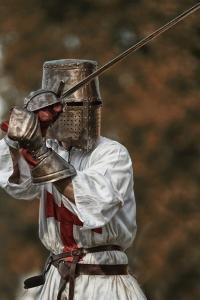
It’s important to distinguish these theological issues, though, from the actual conduct of Catholics, including Catholic clergy. It is absolutely true that some Catholics are or have been fascists or collaborated with them. Contemporary Catholic fascists and sympathizers like to trot out Francoist Spain as a supposedly “good” example of Catholic fascism; I hope my readership will see before I finish why it was extremely not. I also hope that this helps motivate Catholics to confront fascism.
Misconception #5:
Fascism isn’t a real problem in the US.
Americans tend to fall for this, for a number of reasons. One is that we fought Nazi Germany and Fascist Italy in World War Two, so how could we be susceptible to fascism? (Never mind the fact that Nazi racial laws were partly modeled on Jim Crow.)
Another, I suspect, is a result of more recent history. Domestic politics in the 1990s and even the 2000s were extremely low-temperature, next to the anxieties of the Cold War. Aside from a few hot-button issues like abortion and the Patriot Act, the Republican and Democratic platforms were pretty similar on economics, policy, and international affairs. Everyone was irony-poisoned; being really into politics was for dorks who couldn’t see that politicians were all (a) terrible and (b) the same. A violent, cartoonish ideology like fascism? Not only was it transparently wrong, it was cringe. Sure, there were still hicks and criminals with KKK tattoos, but come on. It could never happen here.

In fact, we were so bored and indifferent, we decided it would be funny to elect Master Shake.
I hope the explosive rise of the alt-right in the last several years has at least shown my readers that, yes, yes it can happen here. Charlottesville alone, though a PR disaster at the time, revealed how many people from all over the country were willing to march together under the swastika. Last week’s assault on the Capitol did the same. Things are neither chill nor normal, and they haven’t been for a long time.
Further posts in this series: Good Country Volk, Infiltration, Children of the Sun, “The Great Replacement”



